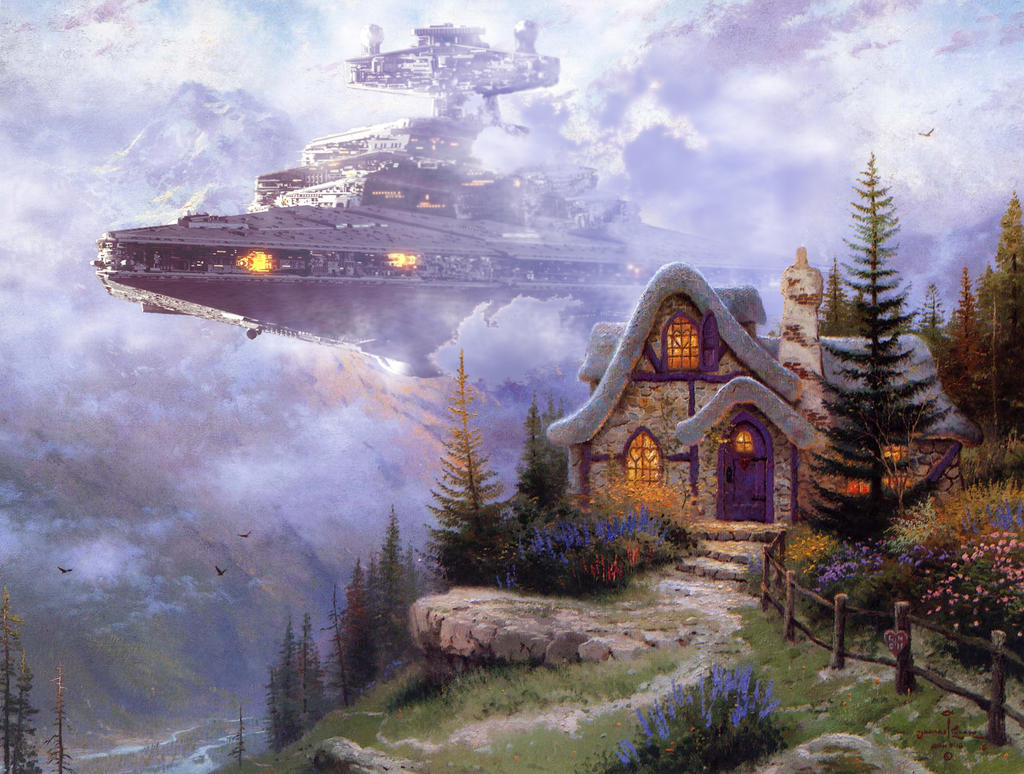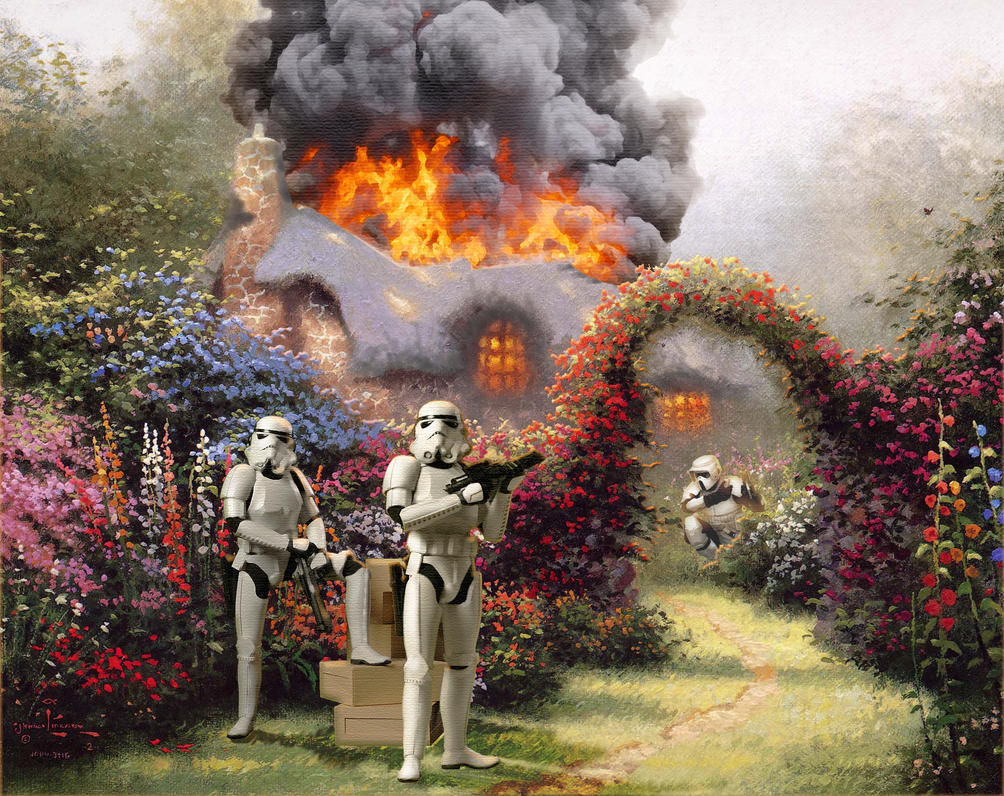Yes, inconsistency is immature, but that doesn’t make it a bad thing.
 |
|
Rocks and Sea, 1916-19, Edward Hopper, courtesy Whitney Museum of American Art |
 |
|
Sea and Rocky Shore, 1916-19, Edward Hopper, courtesy Whitney Museum of American Art |
Instead, he had quoted that preeminent painter of gritty American realism, one every self-respecting painter should be able to identify at fifty paces—Edward Hopper. Man, did I feel foolish.
 |
|
Harbor Shore, Rockland, 1926, Edward Hopper, courtesy Blanton Museum of Art |
Of course, most of these paintings were done before he ‘became’ the Hopper who painted Nighthawks, but surely a painter of his caliber should have some consistency? Actually, not. Many great painters have produced work with wildly different brushwork, drafting and intention over their careers. That’s obvious with modernists like Pablo Picasso, but it’s equally true of masters from antiquity such as Caravaggio.
 |
|
Sketch of Portland, ME, by Edward Hopper |
“A foolish consistency is the hobgoblin of little minds, adored by little statesmen and philosophers and divines,” wrote Ralph Waldo Emerson. It’s a quote that should be printed and tacked into every art box, because striving for consistency is a trap.
 |
|
Cove at Ogunquit, 1914, Edward Hopper, courtesy Whitney Museum of American Art |
Critics sometimes say that inconsistency is a mark of immaturity—and it should be, because new painters are playful and experimental. That’s a good thing, and something that the rest of us should emulate. We tend to lose our inventiveness as we grow more accomplished. But the greatest painters are not afraid to move beyond what others perceive as good art.
 |
|
Rocks and Cove, 1929, watercolor, Edward Hopper, courtesy Whitney Museum of American Art |
A lot of treacle has been churned out on the subject of style, including by me. Of course, style is very important in art. The problem is, it’s impossible to teach or control. Style is influenced by your place in history, your aesthetics, what you study and think about, your working process, and—ultimately—your soul.
 |
|
Rocks and Waves, 1916-19, Edward Hopper, courtesy Whitney Museum of American Art |
Style should not be confused with mannerisms. Mannerisms are on the surface; style is internal. An example of a mannerism is palette-knife painting—you can put it on and take it off at will. But if you look at a brilliant palette-knife painter like Cynthia Rosen, you realize there’s far more to her style than the implement she’s using to apply paint. If she started painting with brushes tomorrow, that wouldn’t affect her way of seeing, her use of light, or her color sense.
 |
|
Sketch of Pulpit Rock, Monhegan, by Edward Hopper |
Conscious attempts to develop a style inevitably result in limitation. The artist puts himself into a box from which he cannot escape. The tragic career of the late Thomas Kinkade is an extreme example. The man was not without talent; who knows what he might have painted had he not locked himself into the ghastly pastorals that made his fortune? He died rich but miserable, at age 54 of acute alcohol poisoning, exacerbated by Valium.







